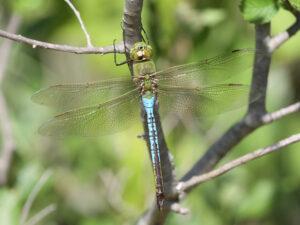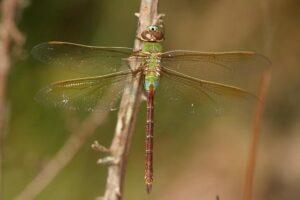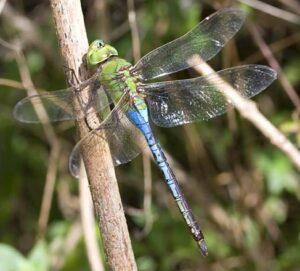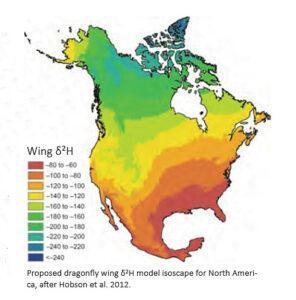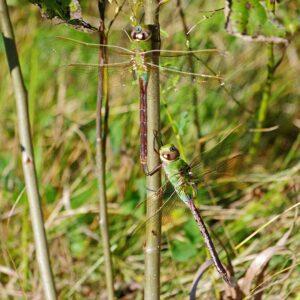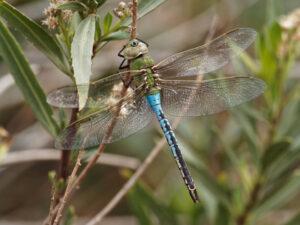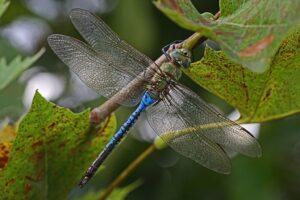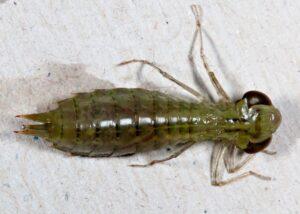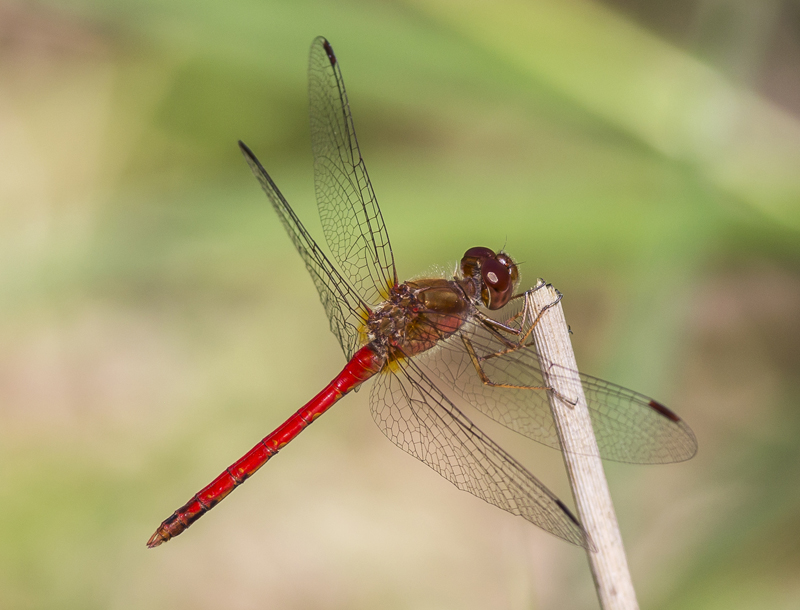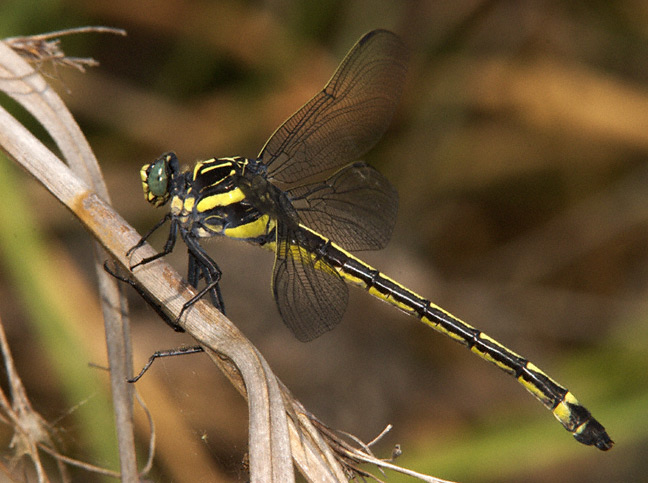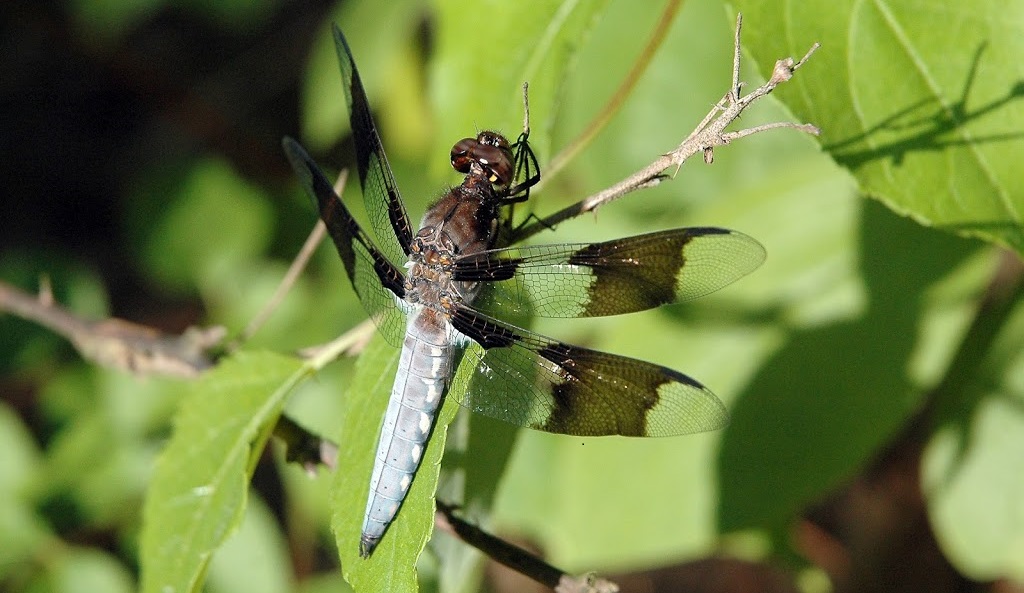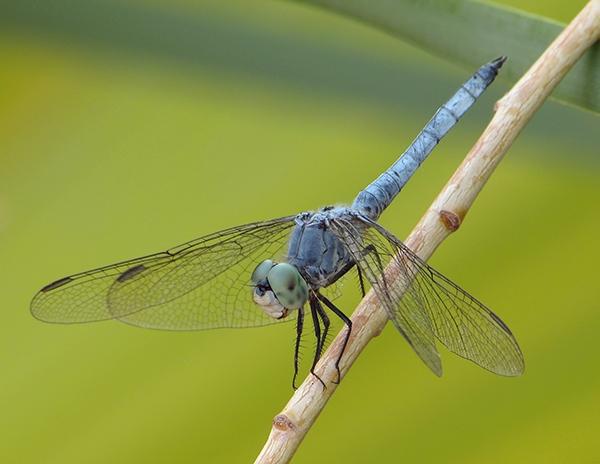Green Darner (Anax junius)
Updated on
17/11/2022The green darner, alternately called the common green darner of the Aeshnidae or darner family, is abundantly found throughout North America. of the Aeshnidae or darner family, is abundantly found throughout North America.
This dragonfly species is Washington’s official insect. However, certain specimens even inhabit locations far off their natural dwellings, like China, Alaska, Russia, France, the United Kingdom, and Japan. British collector Dru Drury described this dragonfly in 1773 as Libellula junius. The three synonyms of the green darner include Anax spiniferus, Anax severus, and Anax ocellatus.
These dragonflies’ common name is an outcome of their resemblance to a darning needle.
Scientific Classification
- Class:Insecta
- Order:Odonata
- Family:Aeshnidae
- Genus:Anax
- Species:A. junius
Conservation Status
Description
They are large, measuring between 2.1 and 3 inches, with a wingspan of 3.9 inches. They display sexual dimorphism, evident in the color of their abdomens, bluish-purple in males and reddish-brown in females.
However, immature males have an abdominal color similar to female dragonflies. The initial abdominal segments appear the brightest in the males, with a black stripe running dorsally, broadening towards the tip. This pattern is also visible in some of the female green darners. The thorax in both sexes is green and unmarked.
The wings are transparent at the onset, transitioning to an amber coloration as they age, prominently seen in females. Moreover, the wings overall have a veined and net-like pattern.
Another significant physical trait is the black bulls-eye mark seen on the face and forehead of both males and females. This feature distinguishes them from another similar-looking species of their genus, the comet darner.
Distribution: Native – the United States, southern Canada, Panama, Hawaii, the Caribbean, China, Russia, Alaska, France, Japan, Bermuda, India, and the United Kingdom
Habitat: Adults: Grasslands, urban areas, forests; Nymphs: Around ponds, lakes, slow streams, and rivers
Do They Bite/Sting: Yes, they deliver a pinching bite if touched, but doesn’t harm humans
Lifespan: Several weeks to a month
Predators: Fish, spiders, robber flies, and other big dragonfly species
Behavior and Characteristics
Diet
These dragonflies usually capture their prey during flight. Their diet comprises gnats, flies, butterflies, moths, damselflies, mayflies, mosquitoes, and smaller dragonfly species. The aquatic nymphs feed on insects living in the water alongside tadpoles and small fish.
Migration
The green darner is one of the sixteen dragonflies in North America to display migratory behavior. They display a multi-generational migratory pattern, with the first generation migrating from south to north during spring and summer. The second generation of dragonflies emerges in the north in summer, migrating towards the south in fall. The third generation emerging in its range’s southern part in winter doesn’t migrate.
Researchers attached micro-radio transmitters to track the green darner’s migratory behavior. The findings that these dragonflies could migrate up to a distance of 140 kilometers in a day. Another study showed that they traveled around 900 kilometers on average southwards.
Perception ability
Their large compound eyes give them 360° vision, helping these dragonflies see things around them clearly and distinctly.
Life Cycle
The common green darners practice polygynandry, with both sexes having multiple mating partners during the breeding season. The males primarily patrol along shorelines and open waters in search of the females. The copulation occurs in spots far away from the breeding sites, perhaps to avoid clashing with other males. The female green darner begins oviposition of the eggs when in a partnership with her mate. They are the only darner species in North America to follow this unique reproduction pattern.
1. Egg Stage
The eggs are carefully laid amidst the aquatic vegetation. The female takes utmost care by making a slit inside a leaf or stem and placing the egg carefully. In this way, the eggs remain protected till the time they hatch.
2. Nymph Stage
The nymphs hatch in the water from the eggs. They have a short body stature with brown or green coloration. This stage is the longest, lasting for 2-3 years. Thus the nymphs go through around 11-12 molts in their lifetime, the last one just before they become adults. In fact, upon maturation, they acquire some of the adult characteristics like a wing bud and long abdomen. The green darner nymphs are solitary but active, always on the move, spending a significant part of their time hunting. Their lower lip is hooked and extended through the help of which they strike at their prey at top speed.
3. Adult Stage
The nymphs crawl out of the water upon reaching a large size, bursting through their old skin, and finally becoming an adult. However, this stage doesn’t last long, barely a month or even less.
Importance to the Environment
Their habit of eating mosquitoes earns them the name mosquito hawks. Thus, they play a significant role in controlling the mosquito population in their surroundings. However, having said this, it is essential to know that they do not cause pest reduction to a significant extent. However, on the flip side, they often become a menace to the bee hives when these dragonflies prey on bees. In 1941 there was a severe occurrence of these bees, causing beekeepers to incur a severe loss.
Source
wiatri.net, bugguide.net, animaldiversity.org, vtecostudies.org, uwm.edu, azdragonfly.org, blogspot.com




